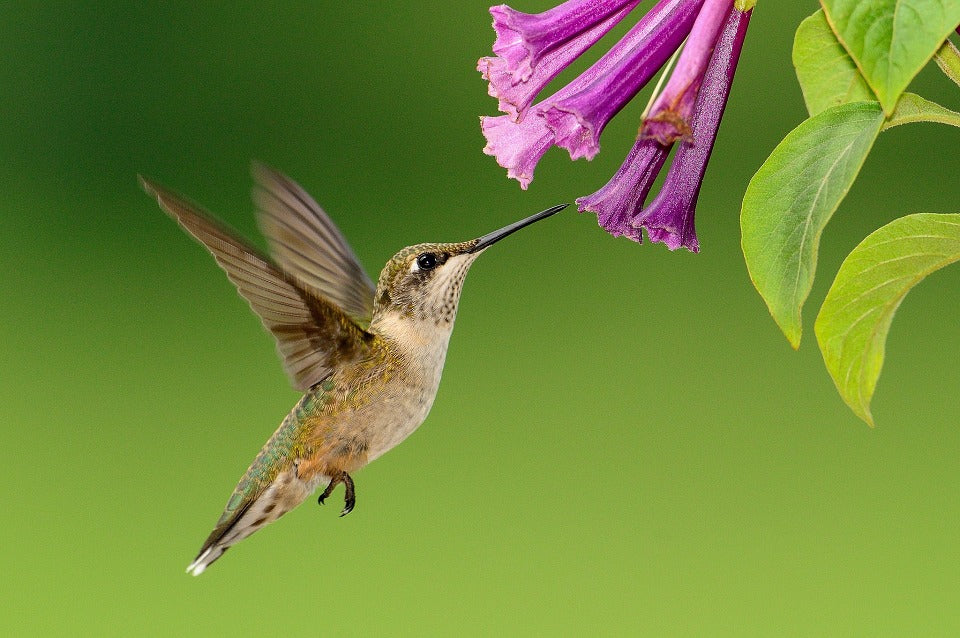Offer
Provide additional details about the offer you're running.
Provide additional details about the offer you're running.
Provide additional details about the offer you're running.

Feeding hummingbirds in your yard can be a truly magical experience, as these unique birds are not always seen by most in everyday life. Know typically for their one of a kind “humming” sounds made by their quickly beating wings, these birds also come with quite the glossary of technical terms and descriptions to describe them and their behaviors.
When getting into birding in general, and more importantly, zeroing your efforts on one particular species of bird, it is important (and fascinating) to educate yourself as much as possible about the particular species you are after.
In this post, we will go over a few key words and phrases surrounding the beautiful hummingbird, aiding your development into a well-rounded backyard birder.
Nectivorous – The root word here being Nectar; this simply means that the species in question feeds primarily on nectar. Hummingbirds are a nectivorous species of bird, who will feed on nectar multiple times per day, and are instrumental in the pollination of a variety of flowers.
Torpor – Simply stated, this describes a state of slowed body functions with the primary function being the conservation of energy and heat. There are a number of bird species that use torpor to conserve energy, including hummingbirds, swifts, nighthawks, and doves. During this state, hummingbirds will lower their body temperature, slow their heart and metabolic rates drastically, allowing the bird to use fewer calories and conserve their energy. Typically hummingbirds will enter torpor typically during the nighttime hours.
Palynivorous – A species that includes a large amount of pollen in its diet. While the hummingbird does not necessarily consume an extraordinary amount of pollen, they have been known to snack on pollen while consuming nectar.
Iridescent – This descriptive word represents a glossy collection of colors that change their color when seen from multiple angles, or under different lighting conditions. The feathers found on hummingbirds are of an iridescent nature, as their plumage can be seen to frequently change depending on different angles of view and lighting conditions.
Gorget – Describes a brightly colored throat patch, and often becomes flared in male hummingbirds to assert dominance while breeding or defending territory. The male hummingbird sports a beautiful and very distinct gorget, with brilliant colors. Often used by birders in the field for easy identification between the two sexes.
Dimorphic – This word can be used widely across many species of birds, and simply means that there are noticeably distinct differences between the male and female sexes of a certain species of bird. As with hummingbirds, the males are typically brightly colored while the females feature a more dull looking plumage.
High Quality Blend